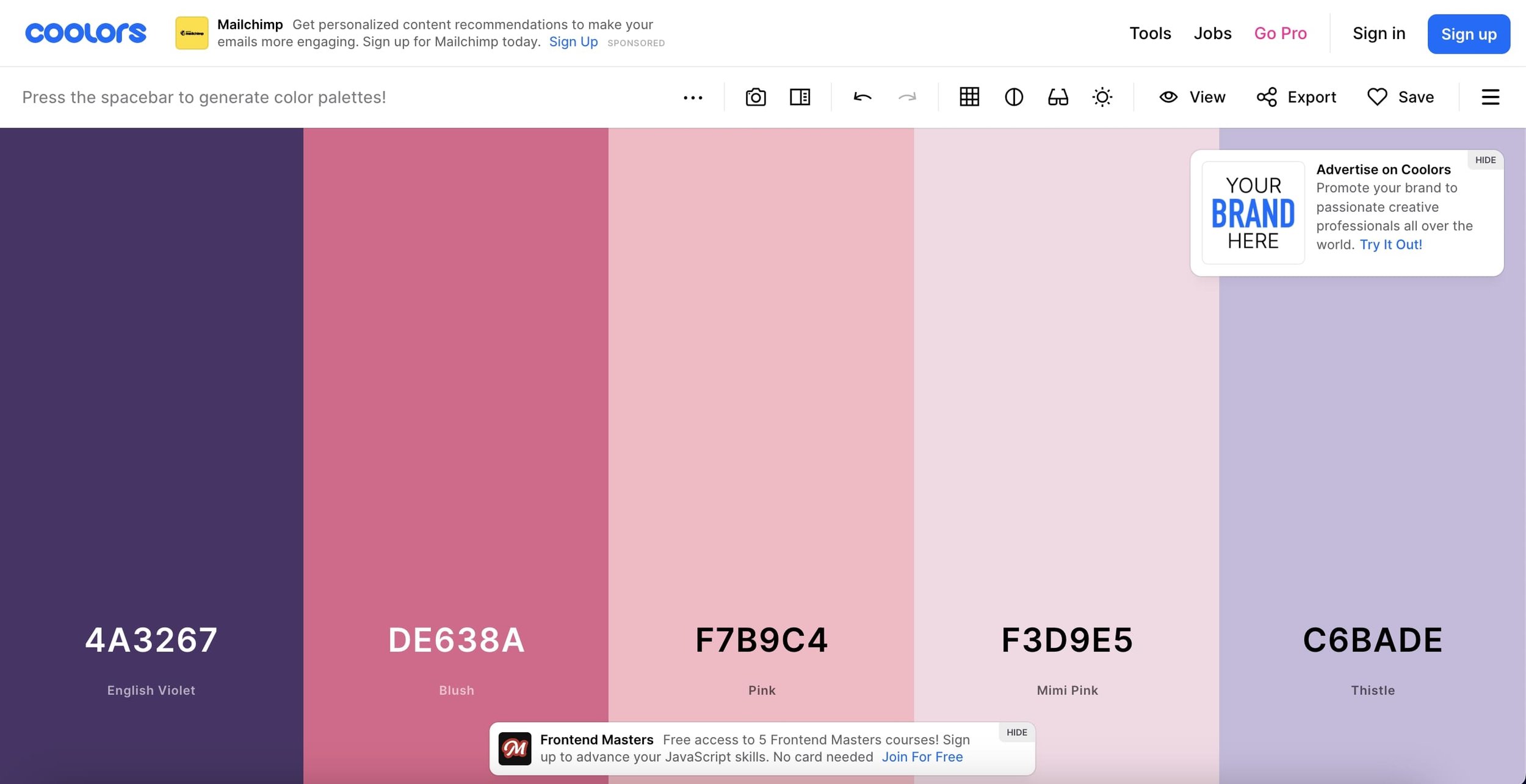Tube Rank: Your Guide to Video Success
Discover tips and insights for optimizing your video presence.
Color Me Impressed: Choosing the Perfect Palette for Your Website
Discover how to choose the perfect color palette for your website and make a lasting impression! Your design transformation starts here!
Top 5 Color Schemes That Make Your Website Shine
Choosing the right color scheme is essential for creating a visually appealing website. The top 5 color schemes that can truly make your website shine include:
- Monochromatic - This color scheme uses various shades of a single hue, creating a harmonious and cohesive look that’s easy on the eyes.
- Complementary - Utilizing colors that are opposite each other on the color wheel, this scheme offers a vibrant feel, drawing attention to key elements and enhancing user engagement.
- Analogous - By using colors that are next to each other on the color wheel, this scheme promotes a serene and comfortable atmosphere, ideal for sites focused on wellness or nature.
- Triadic - This color scheme incorporates three colors evenly spaced around the color wheel, offering a balanced yet dynamic appearance that is perfect for creative and artistic websites.
- Neutral - A timeless choice, neutral colors can provide a sophisticated backdrop, allowing images and content to take center stage.
When designing your site, the right color scheme not only enhances visual appeal but also plays a crucial role in user experience. For instance, a well-chosen color palette can evoke emotion, guide user actions, and strengthen your brand identity. Experimenting with these top 5 color schemes will not only make your website shine but also create an engaging environment that keeps visitors coming back for more!

How to Choose the Right Color Palette for Your Brand
Choosing the right color palette for your brand is crucial, as colors evoke emotions and can significantly impact how your audience perceives your identity. Begin by understanding the psychology behind colors; for instance, blue often conveys trust and reliability, while red can evoke excitement and passion. Consider creating a mood board that showcases your vision; this will help you visualize how different hues and tones work together to represent your brand’s values.
Once you have a foundational understanding of color meanings, limit your palette to three to five main colors to maintain consistency across all platforms. This could include a primary color for your core branding, a secondary color to provide contrast, and an accent color for highlights. Use tools like Adobe Color or Coolors to experiment with different combinations and ensure that your chosen colors harmonize well. Remember, your color palette should not only be aesthetically pleasing but also aligned with your brand's mission and target audience.
Color Psychology: What Your Website’s Colors Say About You
Color psychology plays a pivotal role in shaping the perception of your website and, by extension, your brand. The colors you choose can evoke emotions, influence behavior, and even drive conversions. For instance, blue is often associated with trust and dependability, making it a popular choice for financial institutions. In contrast, red can generate feelings of urgency and excitement, suitable for promotional sales. Understanding the meanings behind colors can help you craft a site that resonates with users on a deeper level.
When designing your website, consider using a color palette that aligns with your brand's message and values. A harmonious blend of colors can create a visually pleasing experience that keeps visitors engaged. Additionally, it's essential to remember that color contrast affects readability and user experience. For example, dark text on a light background is generally easier to read, which can improve the overall usability of your site. Ultimately, the colors you select not only reflect your identity but also influence how potential customers perceive and interact with your brand.